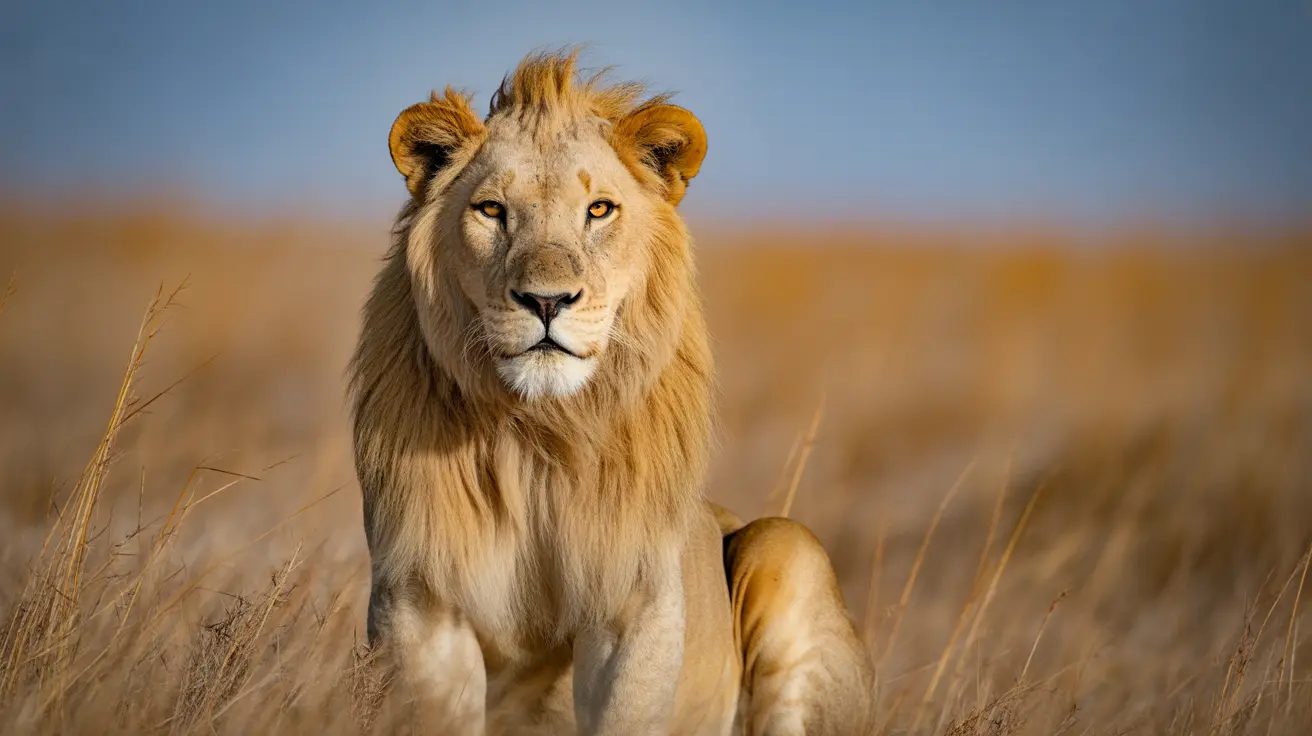Have you ever wondered about the special animals that serve as living ambassadors for wildlife conservation? At Zoo Atlanta, a dedicated team works with some of the most charming and educational creatures you've likely never encountered. These ambassador animals play a crucial role in connecting people with wildlife and inspiring conservation action, bringing lesser-known species into the spotlight through engaging educational programs.
Ambassador animals are specially selected creatures that help zoos educate the public about wildlife conservation while providing up-close learning experiences. Unlike the large mammals that typically draw crowds, these smaller species often represent some of nature's most fascinating but overlooked creatures. Through Zoo Atlanta's ambassador animal program, visitors discover that conservation isn't just about saving pandas and elephants—it's about protecting the incredible diversity of species that share our planet.
What Makes Ambassador Animals Special
Zoo education programs rely on these remarkable creatures to deliver powerful conservation messages. Ambassador animals are chosen not just for their charismatic appeal, but for their ability to represent important ecological concepts and conservation challenges. These animals must possess calm temperaments, adaptability to educational settings, and the ability to safely interact with human audiences.
The selection process for ambassador animals involves careful consideration of each species' natural history, conservation status, and educational value. Zoos prioritize animals that can thrive in educational environments while serving as effective representatives for their wild counterparts. This thoughtful approach ensures that each animal ambassador can comfortably participate in outreach programs while maintaining their natural behaviors and welfare.
Conservation Education Animals in Action
Through animal encounter programs, these special creatures help visitors understand complex conservation concepts in tangible ways. A red-footed tortoise, for instance, can teach audiences about habitat destruction in South American rainforests, while a blue-tongued skink demonstrates the unique adaptations that help reptiles survive in harsh environments.
Zoo outreach programs extend this educational impact beyond zoo walls, bringing wildlife ambassador species directly to schools, community centers, and special events. These mobile programs make conservation education accessible to diverse audiences, fostering connections between people and wildlife that might otherwise remain abstract concepts.
Animal Ambassador Examples at Zoo Atlanta
The diversity of Zoo Atlanta ambassador animals reflects the incredible variety of species that need our protection. These carefully selected representatives might include small mammals, reptiles, birds, and arthropods—each chosen for their unique ability to engage audiences and communicate important conservation messages.
Each ambassador animal serves as a window into their species' natural world, helping visitors understand the challenges these creatures face in the wild. Through ethical animal encounters, audiences learn about habitat requirements, dietary needs, and conservation threats while developing emotional connections that inspire action.
The Impact of Wildlife Ambassador Species
These programs demonstrate that effective conservation education extends far beyond traditional exhibits. Ambassador animal welfare remains paramount throughout all interactions, with specialized care teams ensuring each animal's physical and psychological well-being. Professional handlers monitor stress levels, provide enrichment activities, and maintain strict protocols to guarantee positive experiences for both animals and audiences.
Zoo conservation messaging becomes more powerful when delivered through these intimate educational experiences. Visitors who meet a chinchilla, for example, may never have considered the conservation challenges facing small mammals in South America's mountain regions. These personal encounters transform abstract conservation concepts into meaningful, memorable experiences that motivate lasting behavior change.
Frequently Asked Questions
What are ambassador animals and why are they important in zoos?
Ambassador animals are specially selected creatures that participate in educational programs to teach visitors about wildlife conservation. They're important because they create personal connections between people and wildlife, making conservation messages more impactful and memorable than traditional displays alone.
How do zoos choose which animals become ambassador animals?
Zoos carefully select ambassador animals based on their temperament, adaptability to educational settings, safety considerations, and educational value. The animals must be able to thrive in interactive environments while effectively representing their species' conservation needs and natural history.
Can ambassador animals be kept as pets at home?
Most ambassador animals require specialized care, permits, and facilities that make them unsuitable as pets. These creatures have complex needs that are best met by professional wildlife facilities with trained staff, proper veterinary care, and appropriate housing.
What are some examples of ambassador animals at Zoo Atlanta?
While specific animals may vary, ambassador programs typically feature species like tortoises, lizards, small mammals, and birds that can safely participate in educational encounters while representing important conservation messages about their wild counterparts.
How do ambassador animal programs help with wildlife conservation?
These programs inspire conservation action by creating emotional connections between people and wildlife. When visitors meet these remarkable creatures up close, they develop deeper appreciation for biodiversity and become more likely to support conservation efforts, make wildlife-friendly choices, and advocate for habitat protection.
The next time you visit Zoo Atlanta or participate in their outreach programs, take a moment to appreciate these unsung heroes of conservation education. These ambassador animals may be small in stature, but their impact on wildlife conservation is immeasurable.





